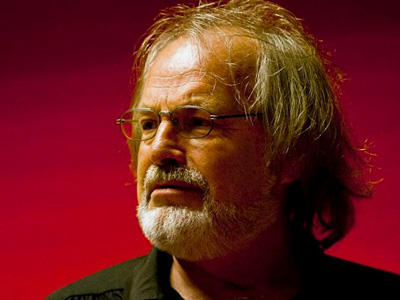
By ANDREW POWELL
Published: February 8, 2015
ERL — Conceivably for the first time someone has conducted Wagner’s Ring and Bach’s Weihnachts-Oratorium, complete, in the same year. Gustav Kuhn, the someone, brought stylistic fluency to both cycles, apparently unfazed and undiminished by the chasm in between. The Bach opened the Tiroler Festspiele’s winter activities in this Austrian village (Dec. 21 matinee). Unlike last summer’s Nibelung saga here, it benefitted from the acoustical clarity and smooth resonance of Erl’s two-year-old, 862-seat Festspielhaus, an architectural stunner near the Munich-Innsbruck freeway.
There should have been snow on the ground, given the setting. Alas, no white Christmas Oratorio. But an uplifting one, to be sure, presented intelligently with 30-minute Pausen after the Second and Fourth cantatas so that every measure of music counted in full and the cycle could breathe. Not that Kuhn dawdled. His tempos were brisk for the most part, his rhythms pointed. The orchestra of some three dozen players consistently found elegance in the writing, executed tidy contrasts and kept textures transparent. Vibrant continuo work and pristine trumpet runs added satisfaction; the principal oboist played angelically from start to finish. (Oddly the program book identified none of the instrumentalists, and festival staff, when asked, did not release names or provide details about tuning or the types of oboes and trumpets used.) In his Erl festival plans, going back nearly two decades now, the Salzburg-born conductor has tended to skimp on vocal soloist fees, avoiding big names. So it was on this occasion, but to less detriment than in the Wagner: four proficient young soloists (Joo-Anne Bitter, Svetlana Kotina, Martin Mitterrutzner and Frederik Baldus) served the lyrical lines appealingly, as did the glowing Chorakademie der Tiroler Festspiele.
The pleasure was to hear Bach’s scheme in its entirety, paced so well in a 3¼-hour arc, with long breaks to walk and refresh and consider what had just been heard. All six cantatas sounded indispensable, the pastoral Second (Und es waren Hirten in derselben Gegend) brimming with curiosity, the lightly scored Fourth and Fifth (Fallt mit Danken, fallt mit Loben and Ehre sei dir, Gott, gesungen) having keen musical sway and narrative power. One could only marvel at the score’s diversity of means, its balance of inwardness and D-Major exuberance. Even without the white stuff, everyone left on a high.
Photo © Tom Benz
Related posts:
Wagner, Duke of Erl
BR Chor’s St Matthew Passion
Zimerman Plays Munich
Written On Skin, at Length
With Viotti, MRO Looks Back